
These two specifications became the foundation for the Java 2 Enterprise Edi‐ tion (J2EE) platform, and from 1999 to 2003, the number of con‐ tained Java Specification Requests (JSRs) grew from 10 to 18. The platform was renamed Java EE in 2006 (and now carries its version number on the tail end).
As of the writing of this report, the most recent version is Java EE 7 (JSR 342), with Java EE 8 (JSR 366) due to release at the end of 2016. Enterprises adopted Java EE early—and often—because of the many advantages it promised, such as centralized infrastructures, a scala‐ ble, transactional, and standardized programming model, high throughput, and reliable operations.
However, every single promise came with a drawback, and it took a while until the platform as a specification embraced operational and developer performance. Given the slow uptake of new versions by both vendors and custom‐ ers, we still see a lot of Java EE 5-based applications out in the wild (this particular release dates back to mid-2006).
Скачать книгу можно бесплатно по данной ссылке: Скачать










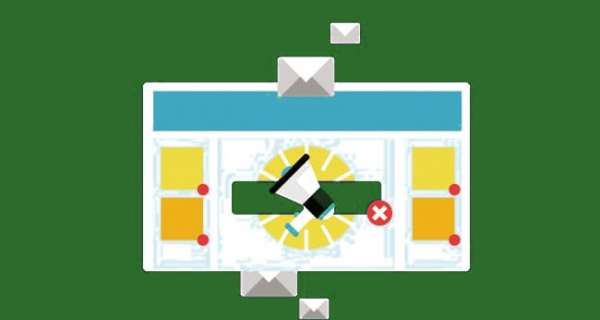
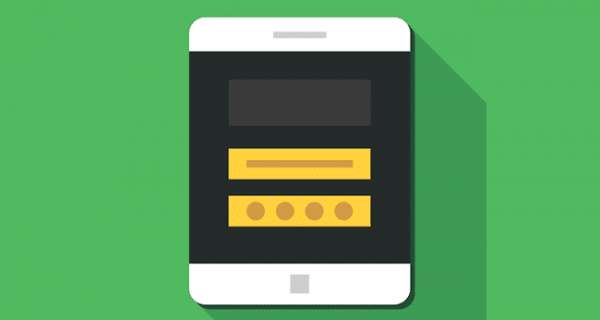








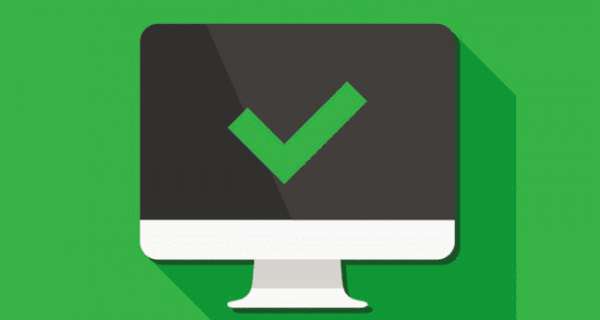
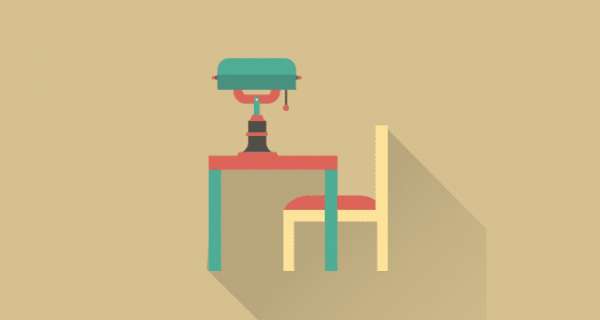







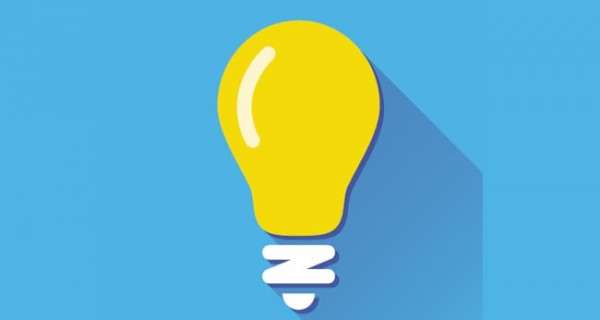

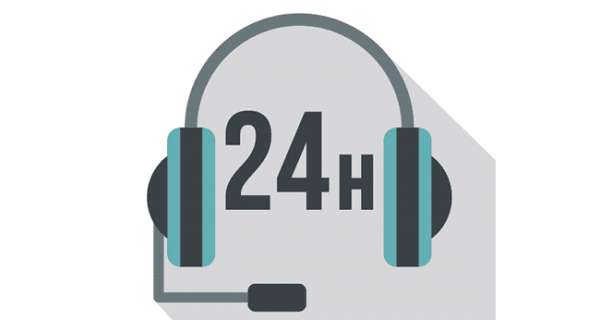







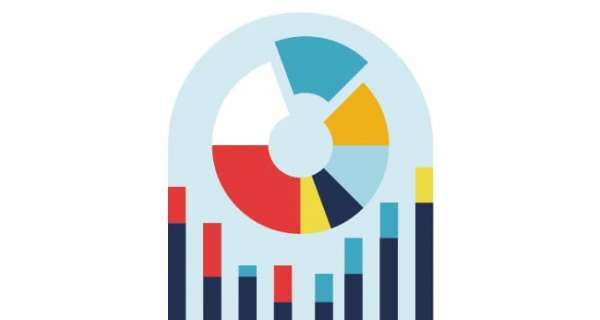
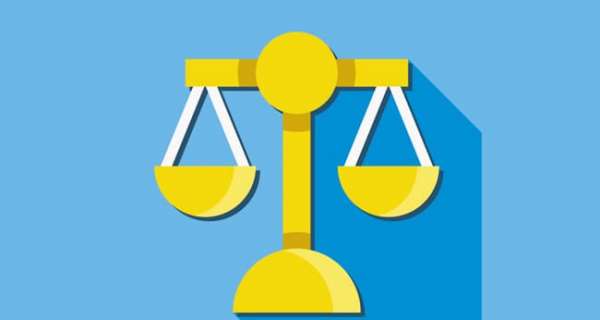

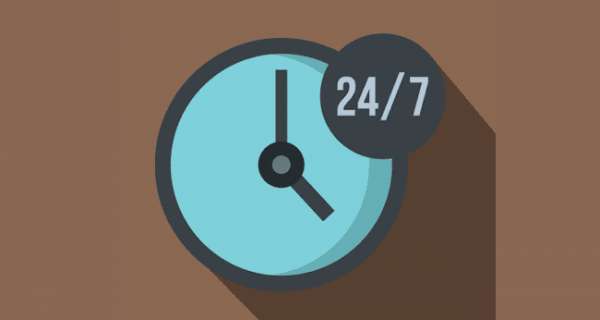
0 Комментарии